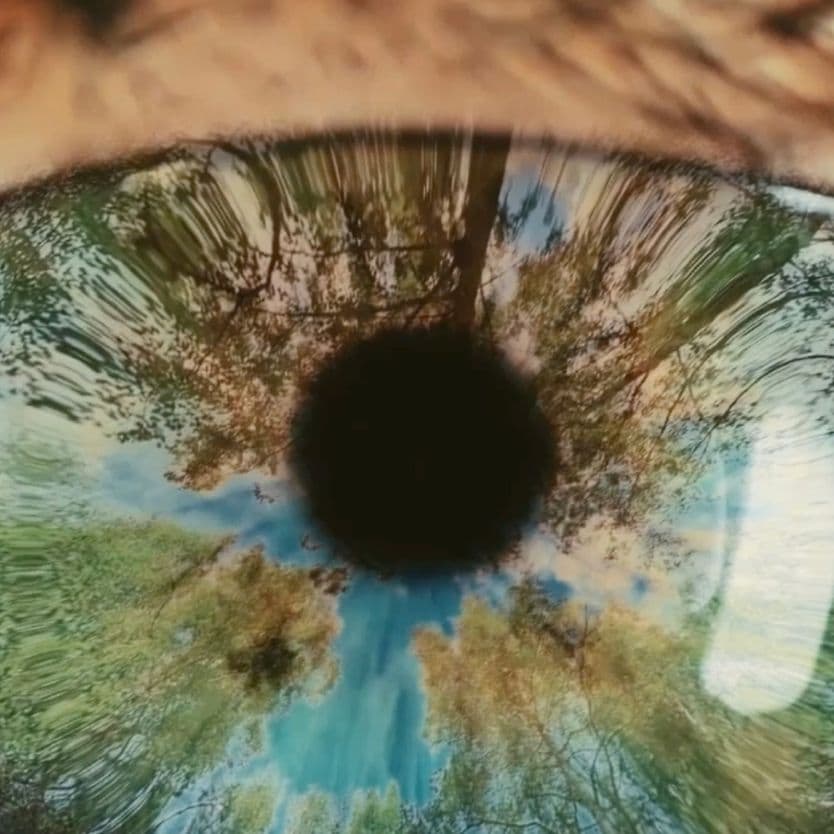The future of the industry offers vast untapped opportunities, inspiring us to experiment, create, refine and implement new ideas and technologies, from breakthrough innovations in vision care and eyewear to research into new materials, product development, manufacturing, distribution and digital platforms. | To bring our vision to life, we have built a network of thousands of forward-thinking researchers, engineers and designers committed to making the Group a laboratory for med-tech, innovation and growth. |
EssilorLuxottica’s approach to innovation focuses on understanding evolving patient and consumer needs, from initial research to product development and wearer testing. Longer life expectancy, changes in lifestyles, evolving vision needs linked to major socio-demographic factors and heightened awareness of health-related issues all present both considerable R&D challenges and opportunities for our industry.
Five billion people could be myopic by 2050, making it one of the biggest threats facing healthcare.
Today we continue to reaffirm our global leadership in myopia management, making significant strides in our commitment to tackle this rapidly growing visual impairment and promote better eye health for future generations. We are focused on driving scientific dialogue on myopia at major international medical congresses; developing breakthrough innovations, such as our Essilor Stellest lens; and strengthening valuable partnerships that promote education, awareness and advocacy to help make a much-needed impact on children’s lives everywhere.



